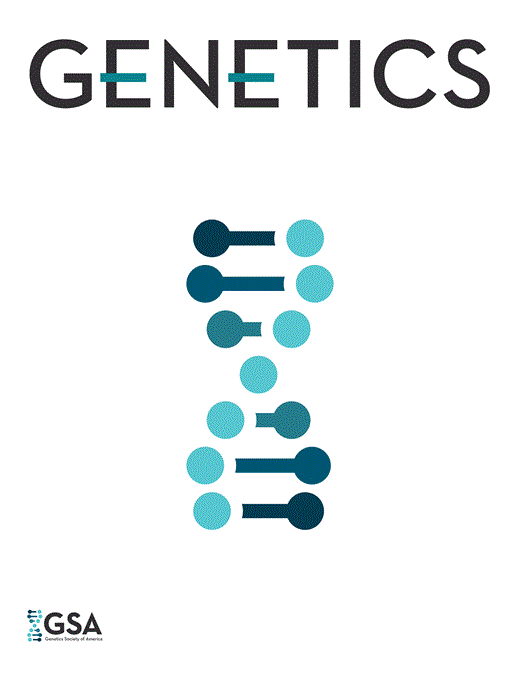-
PDF
- Split View
-
Views
-
Cite
Cite
Alan Garen, Barbara R Miller, M Luisa Paco-Larson, MUTATIONS AFFECTING FUNCTIONS OF THE DROSOPHILA GENE GLUED, Genetics, Volume 107, Issue 4, 1 August 1984, Pages 645–655, https://doi.org/10.1093/genetics/107.4.645
Close - Share Icon Share
ABSTRACT
Glued mutations in Drosophila comprise an essential complementation group with complex developmental effects. The original Glued mutation (Gl) has dominant nonlethal effects in heterozygous flies, principally on the morphogenesis of the visual system. Gl also has a recessive lethal effect early in development. Mutations that reverse the dominant visual effects of Gl (GlR mutations) were induced by γ-radiation or by insertions of the transposable P element. The GlR(G) mutations induced by γ-radiation do not reverse the lethal effect of Gl; these appear to be null mutations, some of which (and possibly all) delete segments of the Glued region. The GlR(P) mutations induced by insertion of the P element also reverse concomitantly a recessive lethal effect of Gl, suggesting that both the recessive and dominant effects are controlled by the same gene. The reversal of a lethal effect of Gl by the P element is remarkable, since it indicates that an essential gene function can be restored by insertion of unrelated DNA. Another class of lethal Glued mutations was induced in the normal Gl + strain by ethyl methanesulfonate (EMS). The EMS mutations belong to the same essential complementation group as Gl, but do not have the strong dominant effects of Gl on the visual system.—The GlR(P) mutations provide a molecular marker for the Glued gene, which was used to map the gene to the 70C2 band of chromosome 3L by in situ hybridization of a P element probe to polytene chromosomes from the GlR(P) strains and also to isolate clones of Glued genomic DNA for molecular studies of the normal gene and the various Glued mutations.



